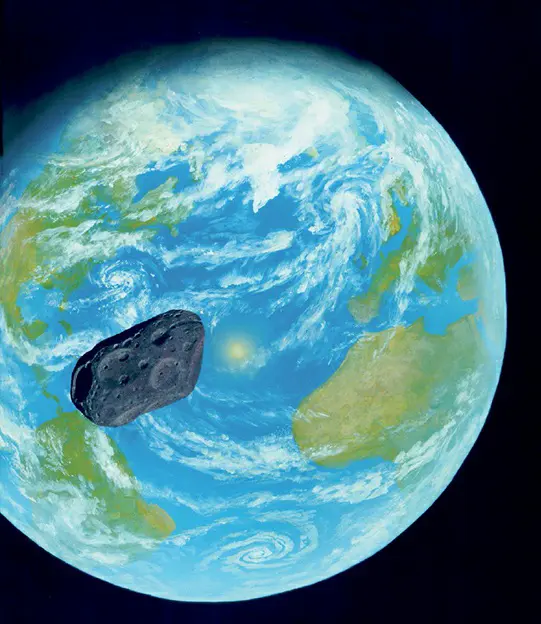The Torino Impact Hazard Scale, developed by planetary astronomers in 1999, plays a crucial role in assessing the risks associated with cosmic impacts on Earth. Our planet, like our Moon, has been subjected to numerous asteroid and comet impacts throughout its history. These high-speed collisions have released immense energy, occasionally altering the Earth’s climate and biosphere. While the impact rate has diminished over time, the threat is not entirely absent, as evidenced by events like the 1908 Tunguska explosion and the 2013 Chelyabinsk fireball.
The discovery of Near-Earth Objects (NEOs), including Potentially Hazardous Asteroids (PHAs), has increased significantly in recent decades. Over half a million Main Belt asteroids and more than 1,000 NEOs have been identified, with a few hundred classified as PHAs. To quantify and communicate the risk of PHA impacts, the Torino Scale was introduced. It rates the impact risk from 0 (no chance of impact) to 10 (certain catastrophic impact).
Currently, all known PHAs score 0 on the Torino Scale. However, about 50 have initially been rated higher, such as asteroid 99942 Apophis, which initially had a value of 4, indicating a 1 percent or greater chance of collision. Its risk rating has since been downgraded to 0, but astronomers continue to monitor it closely, particularly for its close approach to Earth on April 13, 2029.

